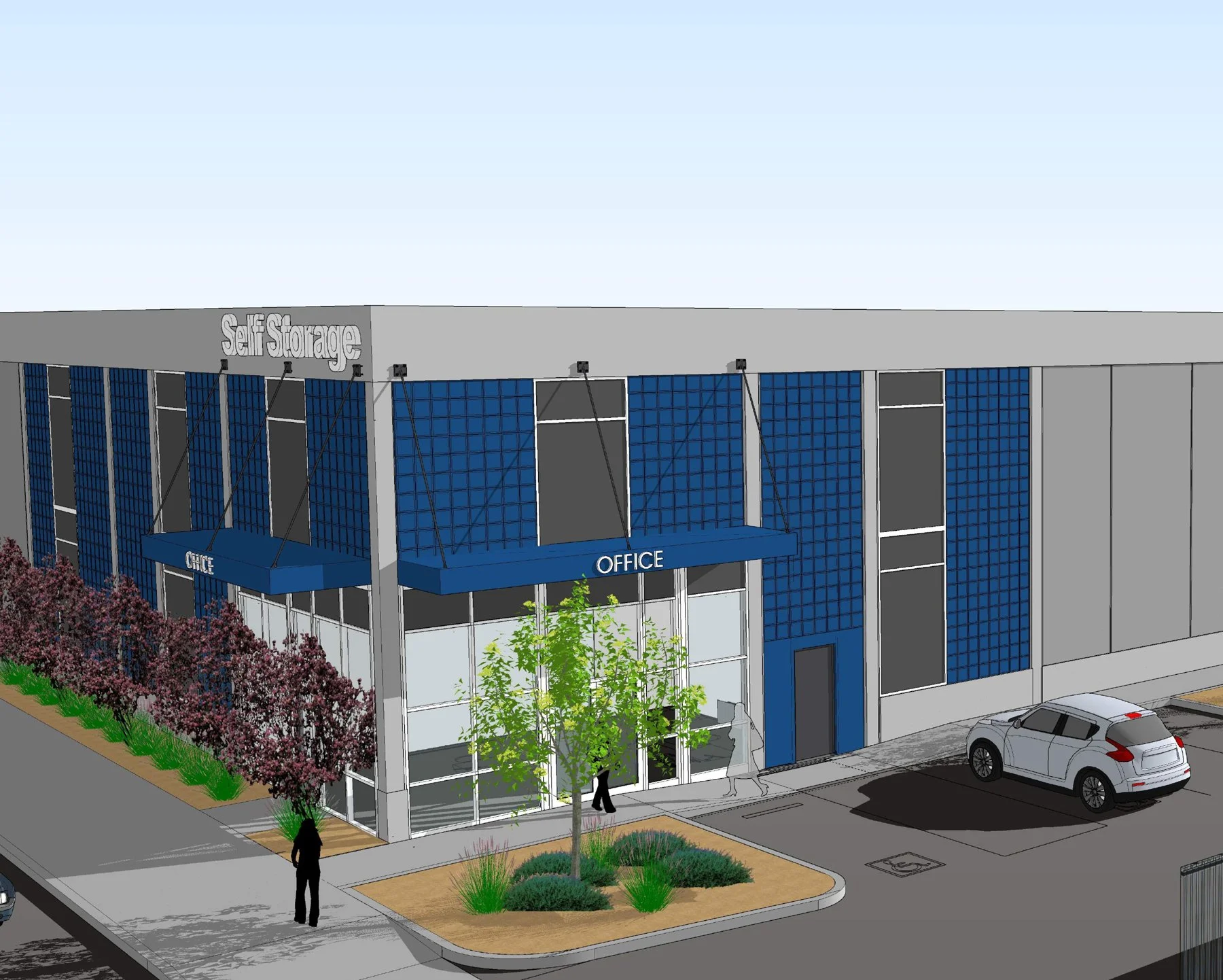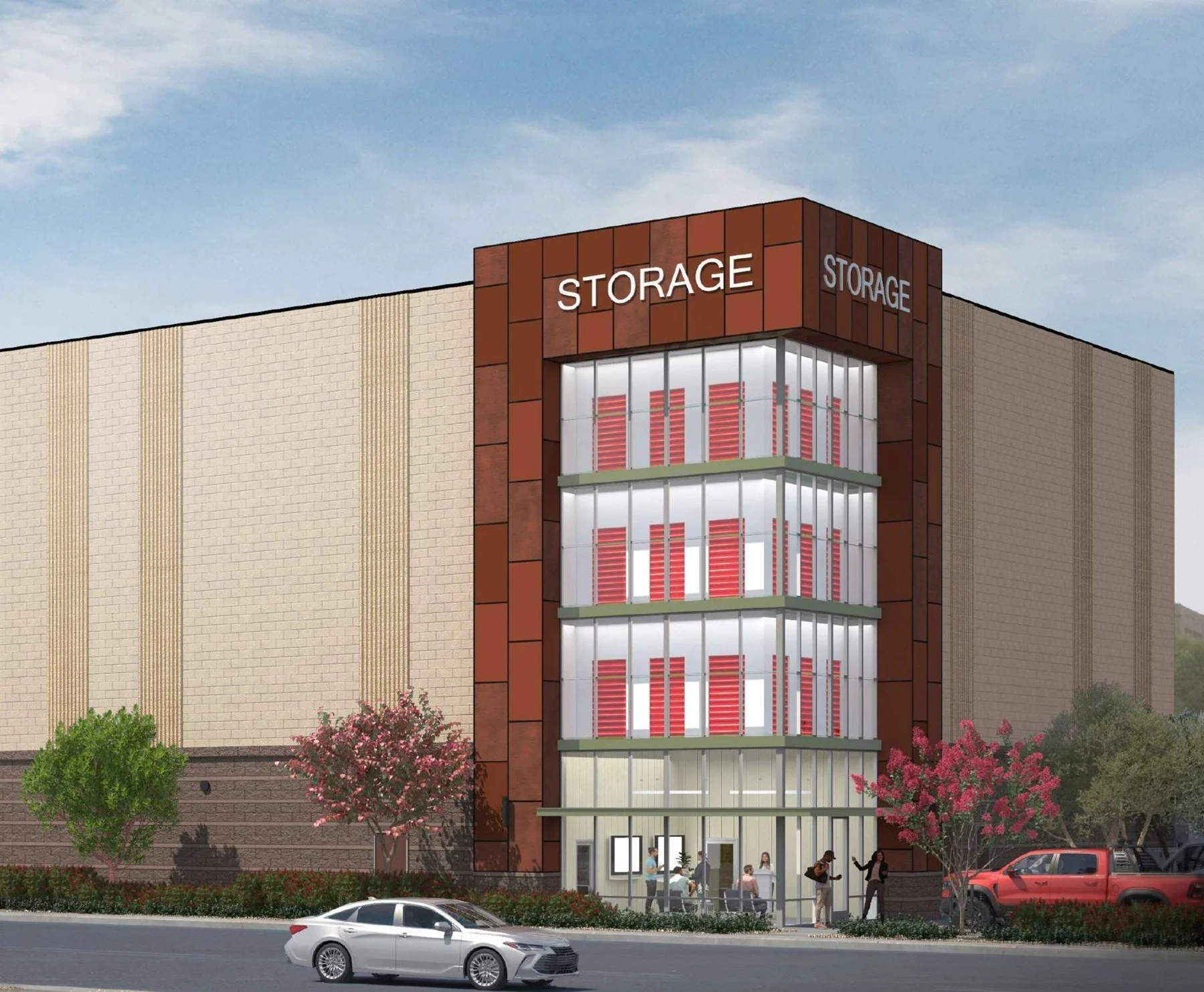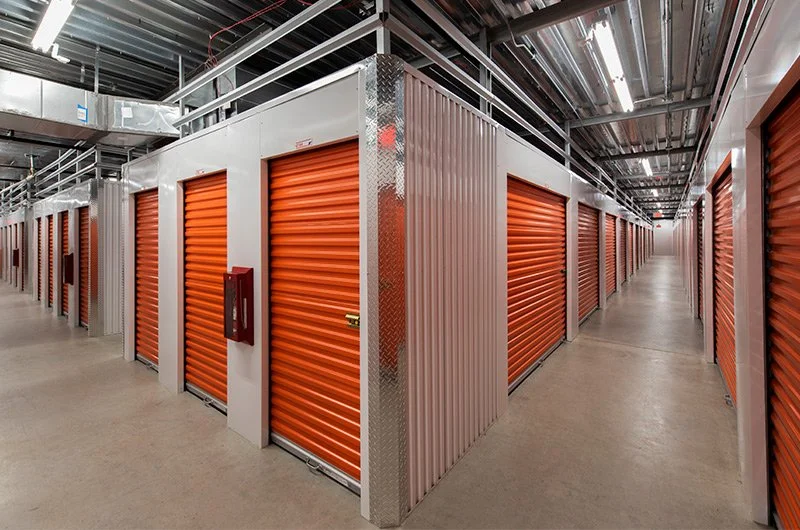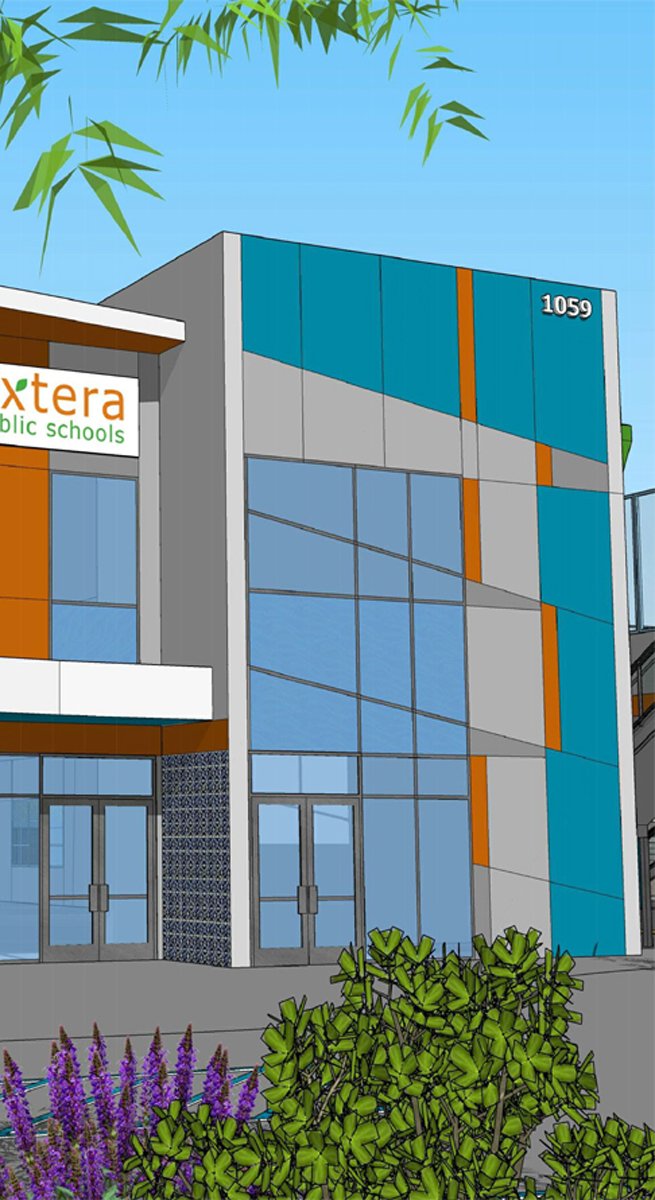Storage Developments Streamlined: Expert CEQA Support
Andrea Schultz
Navigating CEQA can slow down even the most straightforward self-storage project — but it doesn’t have to. At CAJA Environmental Services, we specialize in CEQA compliance for self-storage developments, delivering fast, accurate, and defensible environmental documents that keep your project moving.
Our team knows how to anticipate common hurdles like traffic, air quality, land use, and aesthetics; delivering clear, defensible documents that keep your entitlements on track and your timeline intact. We’ve supported developers on a variety of storage projects in the region, from urban infill conversions to ground-up facilities in transitional industrial zones.
Whether your site needs a Categorical Exemption, Mitigated Negative Declaration, or Environmental Impact Report, we bring deep experience and a hands-on approach to every phase. We work closely with your design, legal, and permitting teams to move your project forward efficiently.
Here are several common CEQA issues that can arise with self-storage projects, especially in urban or transitioning industrial areas:
Air Quality and GHG Emissions
Construction emissions (e.g., diesel equipment, grading).
Vehicle trips from customers and staff may contribute to regional emissions.
Energy use and long-term operational emissions for climate-controlled storage.
Traffic and Circulation
While trip generation is typically low, site access, turning movements, or truck circulation near residential areas can trigger concerns.
Conflicts at driveway entries or near signalized intersections.
Land Use Compatibility
Storage uses in proximity to residential, school, or retail zones may raise noise, aesthetic, or community character concerns.
Potential inconsistency with General Plans or zoning overlays.
Noise
Construction noise impacts in urban infill sites.
Access or truck deliveries can raise operational noise concerns, especially near sensitive receptors.
Hazards and Hazardous Materials
If site has prior industrial use, Phase I/II assessments may identify potential contamination or require mitigation.
Aesthetics
Large, blank facades, security fencing, and lighting may draw visual impact scrutiny, especially on prominent corridors.
CAJA Environmental Services has extensive experience with CEQA compliance for self-storage projects. Representative projects include:
Public Storage Santa Fe Springs Project: CAJA prepared a Categorical Exemption for Public Storage in the City of Santa Fe Springs. The Project would remove the existing building and construct a three-story, self-storage building of approximately 215,664 square feet. Issues that were analyzed included air quality, noise and vibration, and vehicle trip generation.
Playa Vista Public Storage Redevelopment Project: CAJA prepared an IS/MND for Public Storage in the City of Los Angeles’ Playa Vista neighborhood. The Project would construct a new mixed-use building with approximately 82,324 square feet of floor area including 3,959 square feet of retail uses and 78,365 square feet of mini-warehouse uses. Issues that were analyzed included air quality, land use consistency, noise and vibration, and vehicle trip generation.
Oxnard Project: CAJA prepared a Categorical Exemption for Self-Storage in the City of Los Angeles’ Encino neighborhood. The Project would demolish a small portion of the existing building, and remodel the interior, as well as expand the building footprint by enclosing the courtyard on the east side of the Site and constructing a three-story addition on the south side of the Site, for a total of approximately 97,846 net square-feet in size. Issues that were analyzed included air quality, land use consistency, noise and vibration, and vehicle trip generation.
Alhambra Storage Project: CAJA prepared a Categorical Exemption for Self-Storage in the City of Alhambra. The Project would construct a four-story, self-storage building of approximately 155,140 square feet. Issues that were analyzed included air quality, geotechnical considerations, land use consistency, hazardous materials, noise, and vehicle trip generation.
Self-Storage Project. CAJA is in the process of preparing an IS/MND for Self-Storage, located in the City of Los Angeles’ Atwater Village neighborhood. The Project would construct a three-story self-storage warehouse building of approximately 179,000 square feet. Issues to be analyzed included air quality, land use consistency, noise, and vehicle trip generation.





















